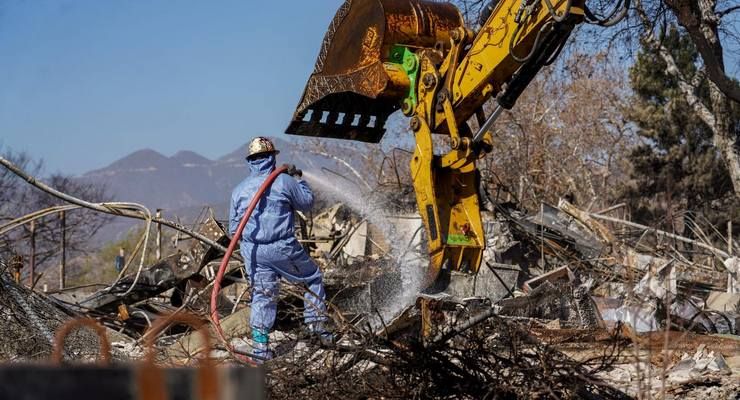
Assistant General Manager Jeremy Marquette said at Tuesday’s Municipal Services Committee meeting that Pasadena Water and Power’s water bill past due arrearages are down to $2.2 million from a high of about $10 million in 2023.
In March 2020, to help people experiencing financial difficulties due to the COVID-19 pandemic, the City Council authorized the suspension of late fee collection and service interruptions for non-payment.
In July 2023, the arrearage amount for accounts overdue by 120 days climbed to $9.7 million — a stark contrast from the typical pre-pandemic amount of under $100,000.
Prior to resuming service interruptions due to non-payments in August 2023 — to address the surge in late payments — Pasadena Water and Power launched a proactive communication campaign, informing its customers of assistance programs, payment extensions, and long-term payment plans.
To date, Pasadena Water and Power has created over 3,400 payment arrangement plans and about 1,300 of these are active. 97% of the payment plans have a term of less than one year while 3% have longer terms.
“We just wanted to pay the accounts down no matter how much time that took. And our customers did utilize the payment plans,” said Marquette. “We’ve made longer-term arrangements for some of those customers that just got themselves in a tough position.”
Marquette said Pasadena Water and Power received $9.7 million in federal funds through the state for arrearage assistance. This provided a one-time credit applied to customer accounts, with the last of the credits applied in March 2024.
If not for these grant funds, Marquette noted, Pasadena Water and Power would be facing $12 million in arrears instead of $2.2 million.
While significant progress has been made, Pasadena Water and Power noted that customers still struggle to keep their utility bills current.
Marquette said Pasadena Water and Power believes it will take another year before arrears balances return to pre-pandemic levels.
“We’re still in unprecedented times trying to recover. We’re going to allow our customers to sign up for those long-term payment plans, and still continue to communicate proactively,” he said.
According to Pasadena Water and Power, enrollment in low-income bill assistance programs has increased by 16% since May 2022. As of May 2024, the arrearage of low-income households amounted to $320,000, according to Pasadena Water and Power’s report.
Councilmember Justin Jones asked Pasadena Water and Power to look for additional grant funding to be able to help the low income households so they will not get caught up in an “evolving cycle.”
Aside from pursuing grant funding, Jones also floated the possibility of holding a fundraiser to help low income people falling behind on payments.
“Could the city start like a fundraising campaign and say that we want to raise our goal of $300,000, $400,000?” asked Jones.
Councilmember Tyron Hampton said some business owners may be willing to support residents struggling to pay.
“That’s a great opportunity for them and their foundations to say, this is what we’re doing in our community,” Hampton said.
“I don’t know the answer to that, but we can certainly explore,” Marquette said in response to Councilmembers.
Marquette added that Pasadena Water and Power is always looking for grant funding to help residents from low-income families who cannot pay their bills.
“We’re always looking, unfortunately this last round might be the last round because the state’s running out of federal funds. But we’re always looking.”
Marquette said outreach campaigns informing customers of available assistance programs will continue. Service interruptions will not be performed on Fridays or days before holidays.
Meanwhile, Councilmembers thanked Pasadena Water and Power for pursuing grant funding and being compassionate to residents who fall behind on payments.
“The Councilmembers really, really appreciate the work and the compassion that they have for our residents,” said Hampton.
“Thank you for the compassion,” said Chair Felicia Williams. “Let’s move forward and find other ways that we can to help our residents and tap into other funding.”














 32 comments
32 comments


